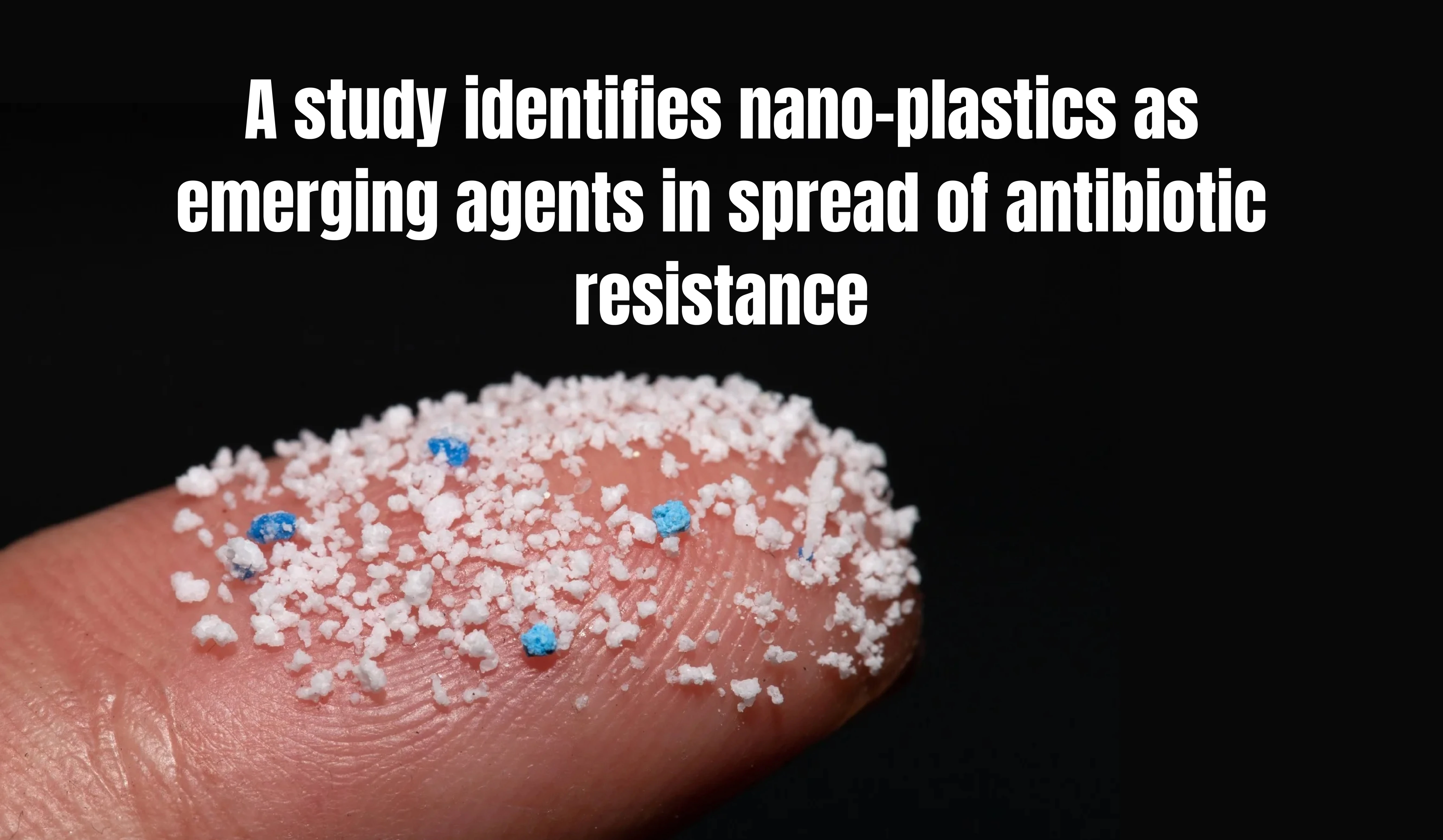Study calculated that about 8,500 tons of antibiotics—nearly one-third of what people consume annually—end up in river systems each year and 11% reach the world’s oceans or inland sinks.
Pathways for Antibiotic Pollution
- Incomplete metabolism in human body and incomplete removal in wastewater systems.
- Extensive use of antibiotics in animal husbandry and aquaculture.
- Losses during pharmaceutical manufacturing.
- Climate Change drives the proliferation of bacteria, making horizontal gene transfer possible and increasing chances of developing resistance.
Key Findings of the Study
- 10% of the global population is exposed to the top 1% of surface waters with the highest cumulative concentrations of antibiotics.
- Untreated domestic wastewaters contribute the greatest share of emissions into rivers.
- Only 43% of the load of antibiotics from domestic sources is processed in wastewater systems.
- 6 million km of rivers (25%) exceed the threshold of high risk from antibiotic pollution.
- India has more than 80% of its rivers in high or very high risk categories.
- Main Antibiotics contributing to antibiotic pollution are amoxicillin, ceftriaxone and cefixime.
Antibiotic Pollution
|






